ReviewThe Poetic Complication Becomes Larger Than Life: Presenting The Arnold & Son Luna Magna
The largest moon ever depicted in a wristwatch, the Earth’s satellite in the new Arnold & Son Luna Magna—unveiled at this year’s Watches and Wonders—is undoubtedly the pièce de résistance of the timepiece. Let’s take a closer look at this wonder, and at how the maison made the gorgeous moon rise
May We Recommend
Not quite known for minimalism, Arnold & Son have an illustrious repertoire of richly-decorated and extremely resplendent timepieces that truly exemplify haute horlogerie. So when the brand named after the legendary English watchmaker, John Arnold, presented a watch this year that strips the display down to the essentials, the world really took notice. With a dial that simply presents two-hand timekeeping and a seemingly pared-down moon phase indicator, the Luna Magna’s display definitely is minimalistic—but not without resplendence. In fact, with the largest moon ever depicted in a wristwatch, this watch is far from simple, even if the idea is.
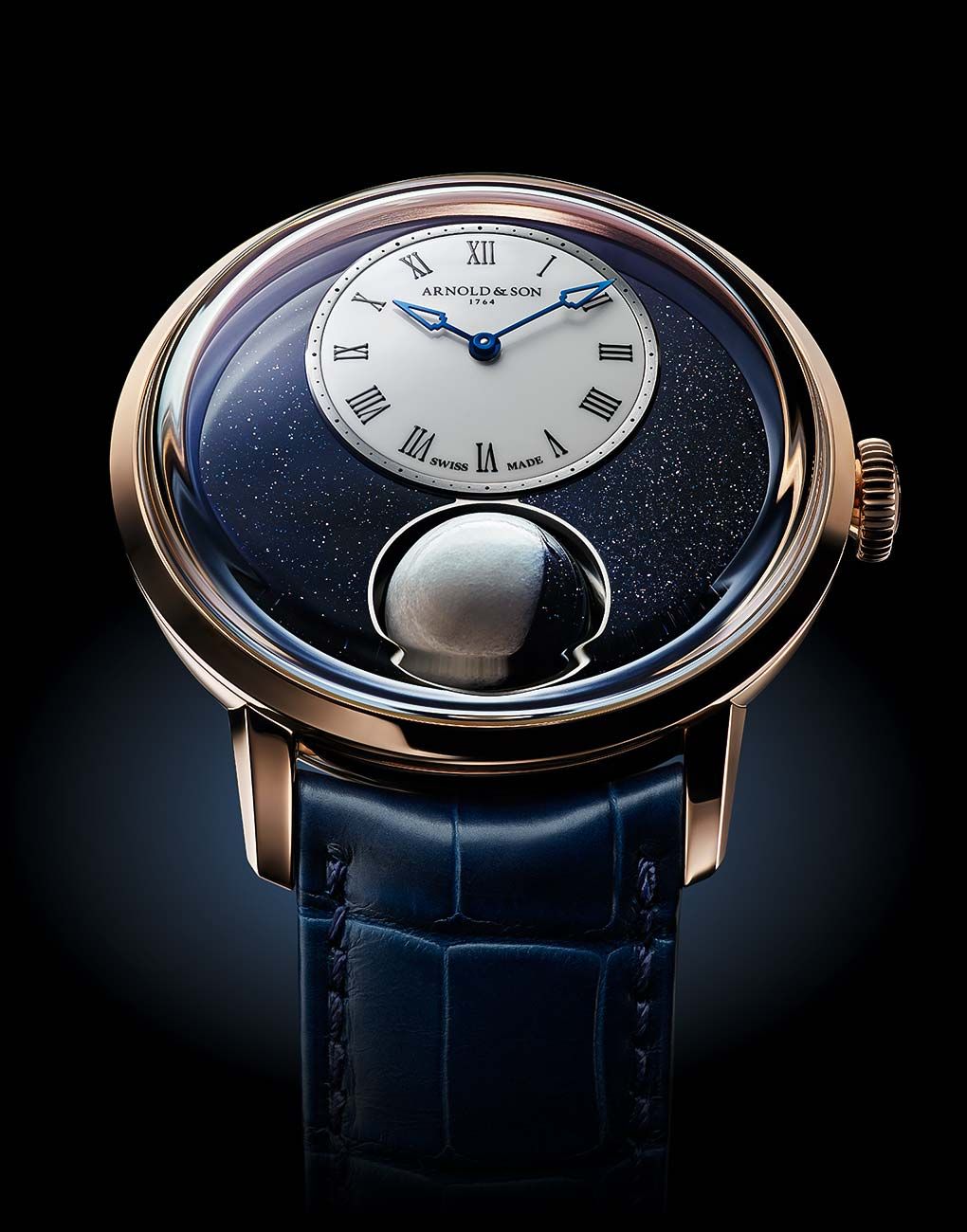
Luna Magna—The Pièce de Résistance
Usually depicted in two dimensions, the moon in most moon phase displays is showcased on a disc that rotates, as a section above it conceals the part of the moon that is in the Earth’s shadow when it’s not a full moon. On the other hand, the Luna Magna—which translates to ‘a large moon’ in Latin—presents the moon as a three-dimensional sphere, which depicts the illuminated lunar surface, as well as the dark side of Earth’s satellite. As it rotates, we see on the face of the watch the section of the moon that is visible in the sky as well. Now when it’s not a full moon, the darkened part of the moon is meant to simply appear as a part of the rest of the sky. And this is beautifully presented with dark side of the moon in aventurine glass, which is used for the base of the dial as well. Aventurine is a glass usually made by adding cobalt—which gives it the rich blue hue—and then introducing metallic flecks that begin to appear as stars in the night sky. Because of this appearance, it’s a material that is aptly used in several watches with moon phase indicators and other celestial displays. So it seemed like a natural choice for the Luna Magna as well, with its three-dimensional moon feeling right at home in the display.
While the moon is the ‘centrepiece’ of the display, the main timekeeping is far from sidelined, even though it is off-centred. Presented on a white lacquered dial are elegant Roman numeral hour markers and arrowhead hands in blue to mirror the aventurine. The minute marker dots on the metallic chapter ring around this are almost an inverse of the metallic specks in the blue glass. A metallic ring also frames the aperture through which one sees the large moon protruding.

What Makes The Moon Move
On the flip side, seen through the sapphire crystal caseback, the moon emerges from the mainplate of the movement—to which it is only attached by an axis. Even as the moon has a strong visual presence on the reverse, it still manages to not disturb the rest of the mechanism. The view of the spherical moon at the back effectively displays the moon phase in the opposite hemisphere. Above the moon on the back is, in fact, a more conventional moon phase display in two dimensions. So you see, the moon phase indication is not simply for visual splendour. The celestial mechanics have been developed to present precise astronomical reality. With the duration of an actual lunar cycle at 29.53 days, a regular moon phase watch needs correction once every three years. However, in more complex mechanisms, as in this Luna Magna, the moon phase needs correction only once in 122 years. What makes this particularly impressive is that, despite being a complex dual moon phase mechanism, it can be adjusted simply by using the timekeeping crown itself—a testament to Arnold & Son’s watchmaking know-how. All of this comprises the manual-winding A&S1021 calibre—developed, manufactured, assembled and adjusted entirely in-house. It offers an impressive 90-hour power reserve.
“Thanks to our in-house movement manufacture, we have an incredible portfolio of calibres. Our aim is to take advantage of these fabulous assets, pushing creativity and aesthetics further,” says Bertrand Savary, president of Arnold & Son. “The Luna Magna is a perfect example of this, with its incredible three-dimensional moon, displaying the moon phases. It is the biggest moon ever presented in a wristwatch and carved in two stones that have never been used this way before—natural white marble and aventurine glass.” White marble, in fact, is a stone that would not even be associated with watchmaking in any way. It’s actually an ingenious choice to depict the moon, with the marbling seen on the stone, which can effectively portray the texture of the moon as we see it. However, working with the stone comes with its challenges.
The Making Of The Luna Magna
In an interview with Hodinkee, David Apotheloz, Arnold & Son’s head of product development, breaks down the process of crafting the moon from start to finish.
Selecting the raw material
“We first selected colours, for example, the blue of aventurine glass for the dark side of the moon, as we had to find the same glittering effect as our aventurine dial,” Apothelotz explains. “For the white face of the moon, we tried to use a mineral material that had the grey shades that you can see on the moon at night. We found a marble from the Adriatic area. It’s a famous type used in monuments in the area of Venice. It’s a very nice marble with shades of grey and veins.”
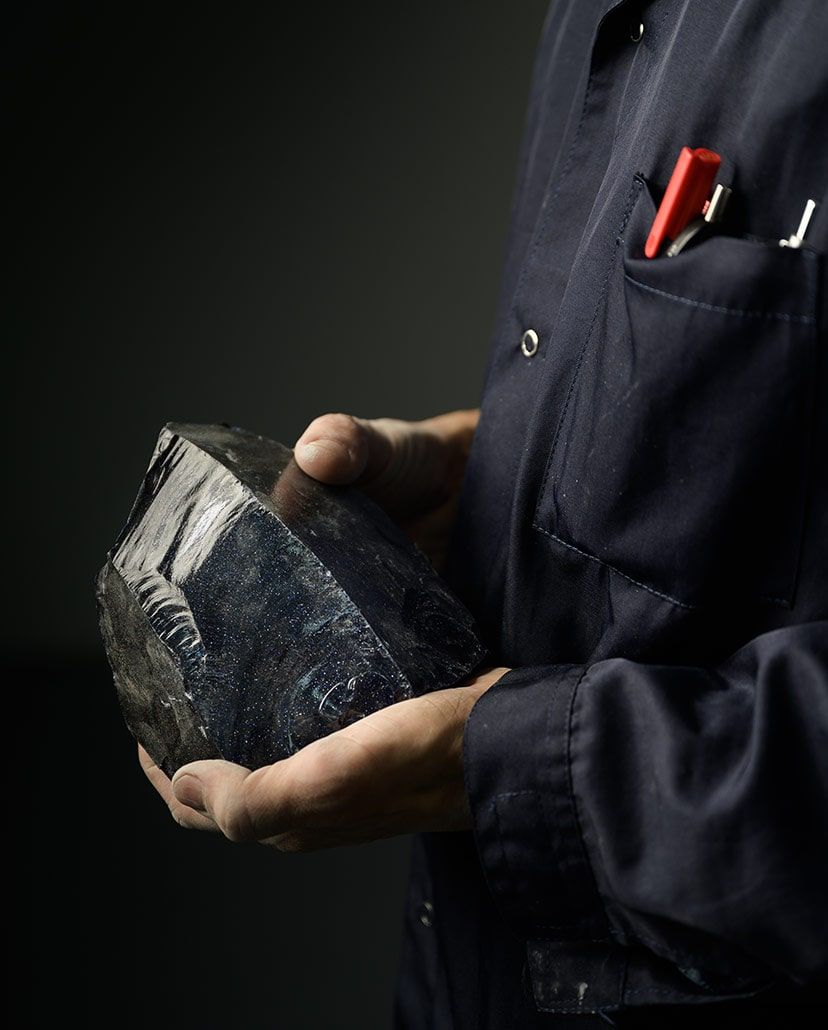
Coring and slicing
After selecting the right parts of the materials, for the perfect shade and tone—including the best density of the metallic splinters in the aventurine—the coring requires special attention. “If not, there will be cracks on the surface,” informs Apothelotz. “It’s the same process for both sides of the moon, for both materials.” The cylinders thus obtained need to be sliced up, to also see the insides for cavities. “This operation requires a lot of skill with regard to working with the sharp cutting disc. This is quite a fast process.”
Shaping the material
“We drill the inside face of each piece. We’ll have a steel axle inside the moon, and this is where it will go. The research and development around this step was quite heavy, because we had to define and adapt the tools, which needed to be specific for this kind of material,” Apothelotz elucidates. “We also had to find the parameters around rotation and progressing speeds for the drill. Finding the perfect parameters helps avoid chips, which would immediately cause quality and aesthetic issues. This process alone requires 2.5 hours of drilling per piece.
It’s very precise, and we have to go very slowly. We have about 20 percent defects at this step.” The rounding of materials to create semi-spheres comes next. It is the most delicate process has the highest ratio of defects—at about 50 percent, Apothelotz reveals. “When you select the raw material, you can’t see the inside, of course. You hope it is without cavities, but you don’t know. When you round the outside faces, cavities can appear. This is really the moment of truth. This stage takes about three hours of machining for each part.”
Shining and assembling the moon
“Then the half domes are polished. This is the last mechanical step. Years of experience are needed for this. If you polish too much, you will have a deformation of the surface and not a perfect half dome,” Apothelotz details. “All the dimensions are confirmed to ensure perfect assembly between the two sides. The axle will need to fit between the two halves with absolutely no room.” The addition of the axle in assembling the moon then makes the sculpture a component of the moon phase mechanism. “The axle is put in place and the two mineral halves are clipped together. We secure it with a drizzle of epoxy compound, a special kind of glue, and we cure it for four to five hours in an oven.” The component finally goes through quality checks and mechanical validation. “If everything is within our standards, it will be added to our new Luna Magna calibre,” Apothelotz concludes.
Large Moon, Small Details
The level of perfection the makers seek for this watch, and the success rate of that perfection, probably explains why this exclusive watch is a limited edition of just 28 pieces. The thorough treatment of the moon as the display’s centrepiece also translates to the rest of the movement. With circular graining on the mainplate, the bridges are chamfered with radially presented Geneva stripes. The wheels and the secondary moon phase display feature circular satin finishing, while even the blued screws are polished and chamfered.
All this inner beauty is clearly visible through the sapphire crystal caseback of the otherwise 18-karat red gold case, measuring 44mm in diameter, and 15.9mm in thickness. The thickness of the watch includes the sapphire crystal glass, which is domed—surely to accommodate the large moon, but its functional purpose becomes aesthetic even. The smooth, box-like appearance of the glass makes the timepiece almost appear like a showcase for the luna magna within—highlighting its sheer resplendence. While Arnold & Son have excelled with this complication previously—most notably with the Perpetual Moon—this new interpretation of Earth’s satellite is a triumph not just among their own offerings, but even in the moon phase genre as a whole.



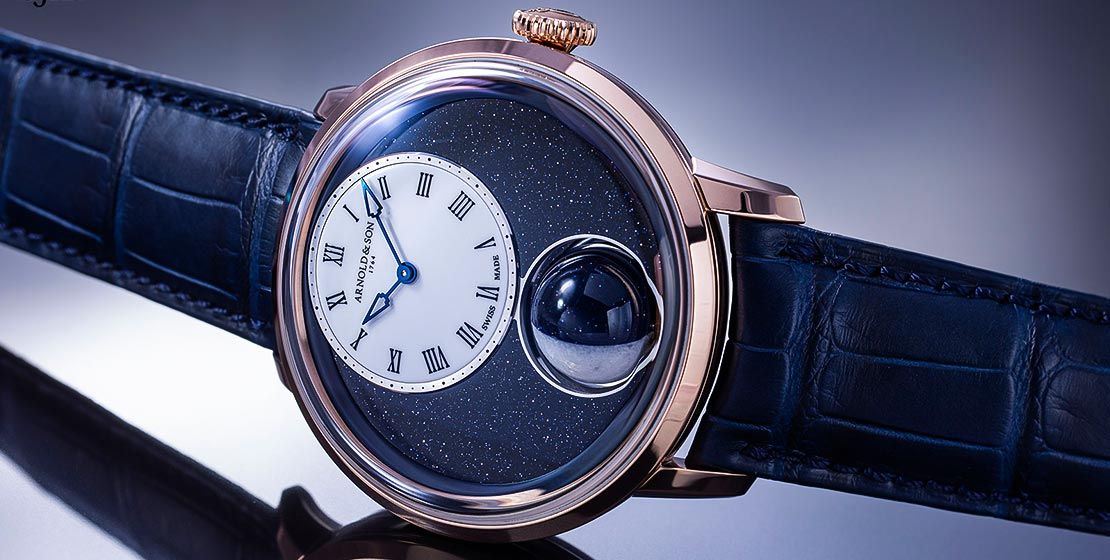
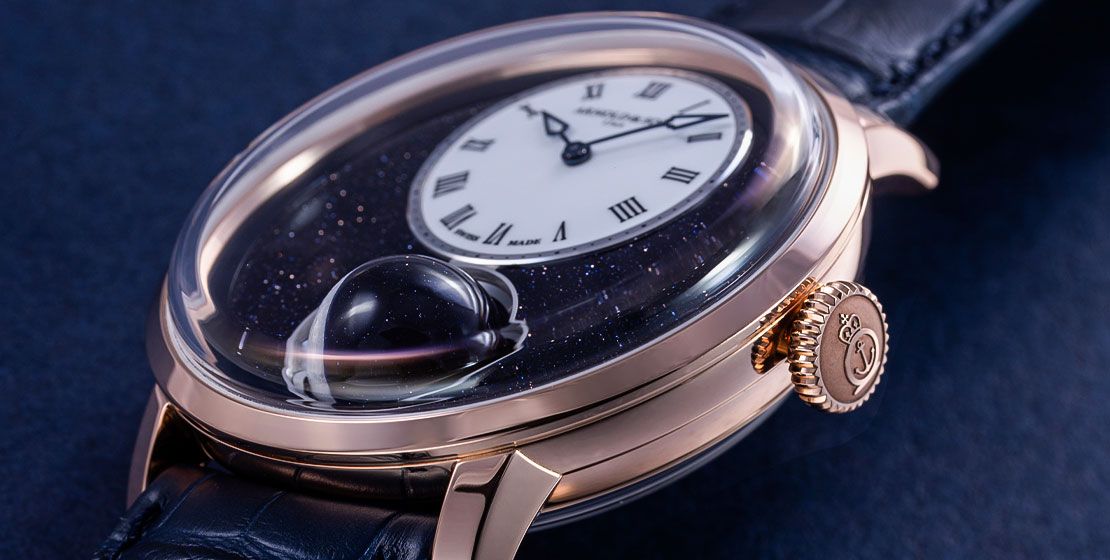
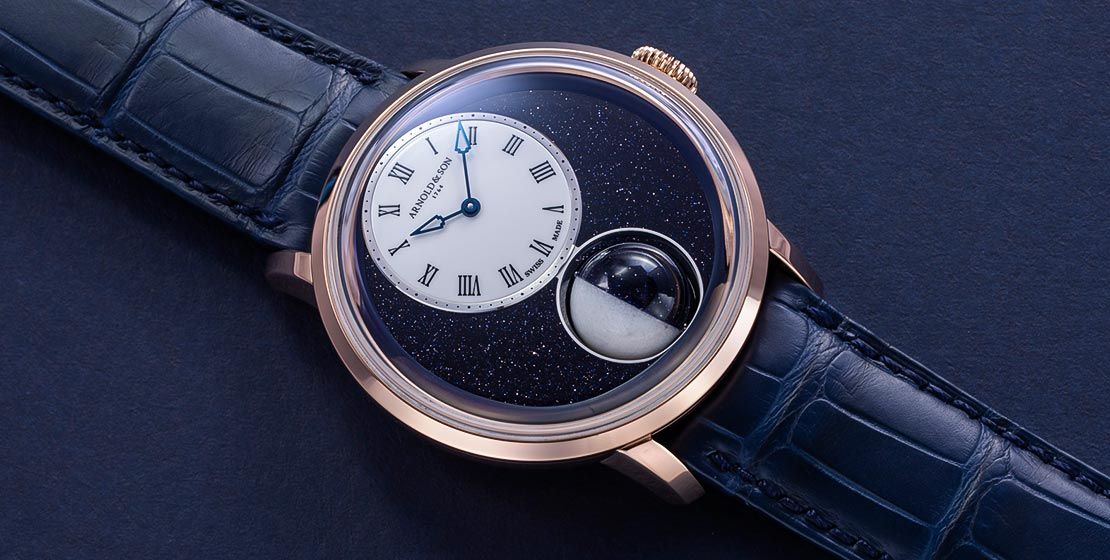
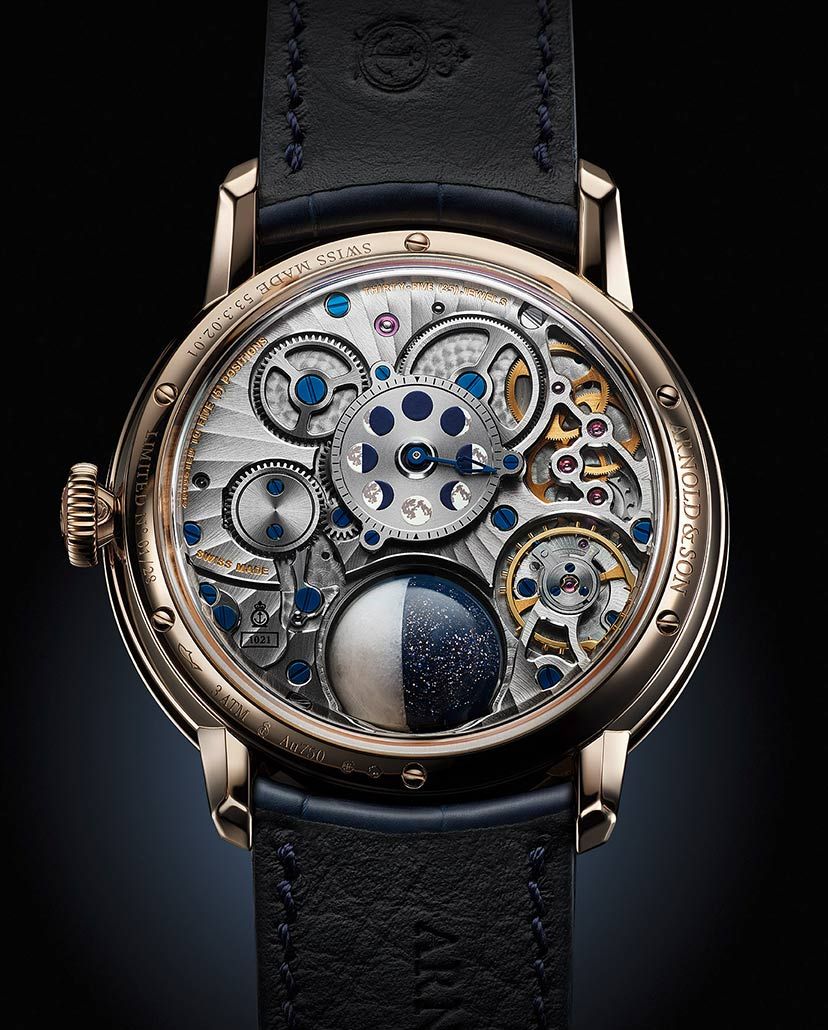
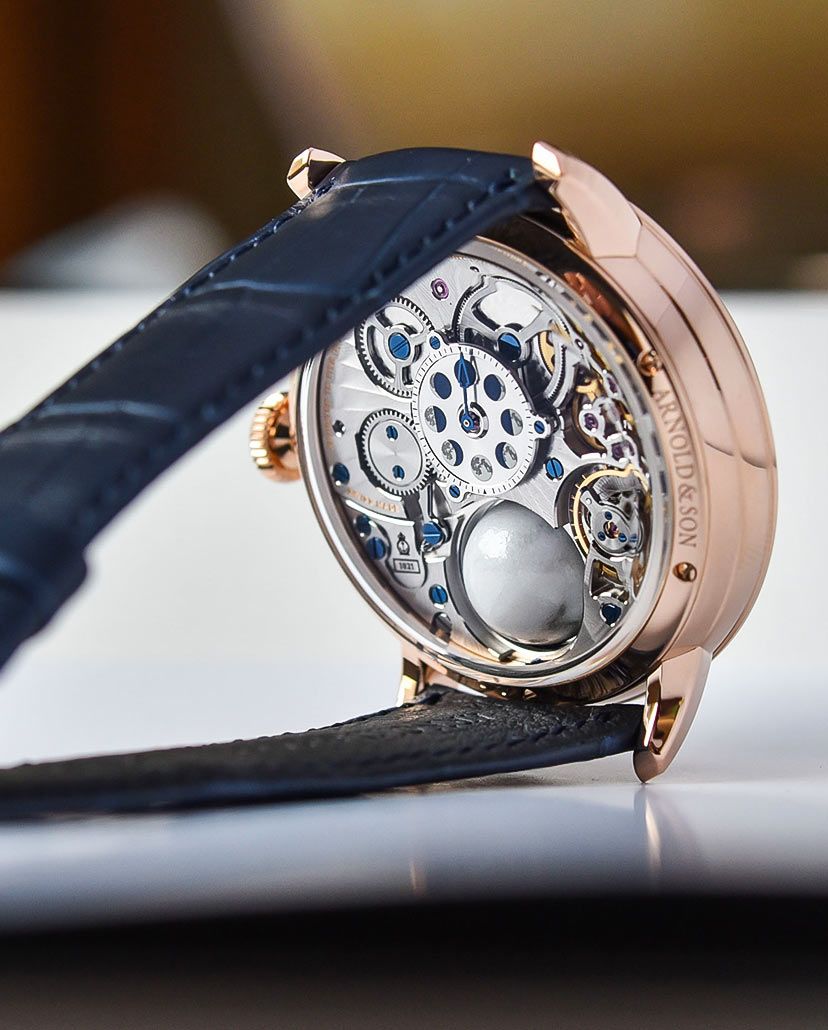
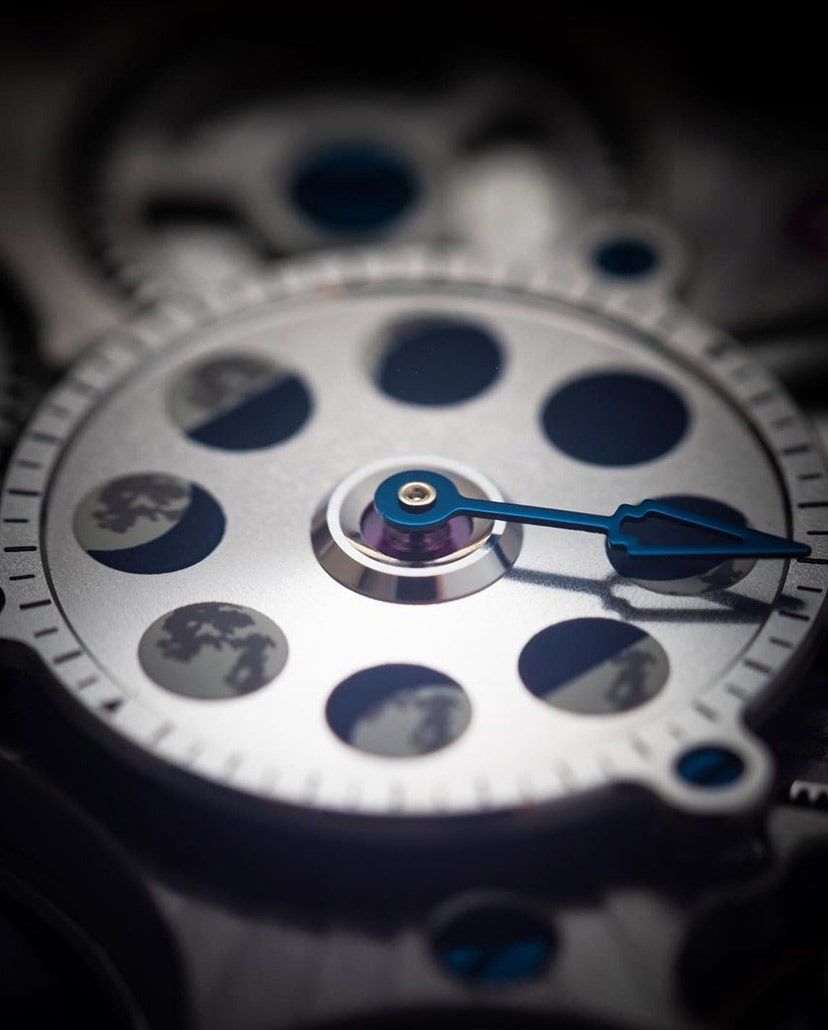
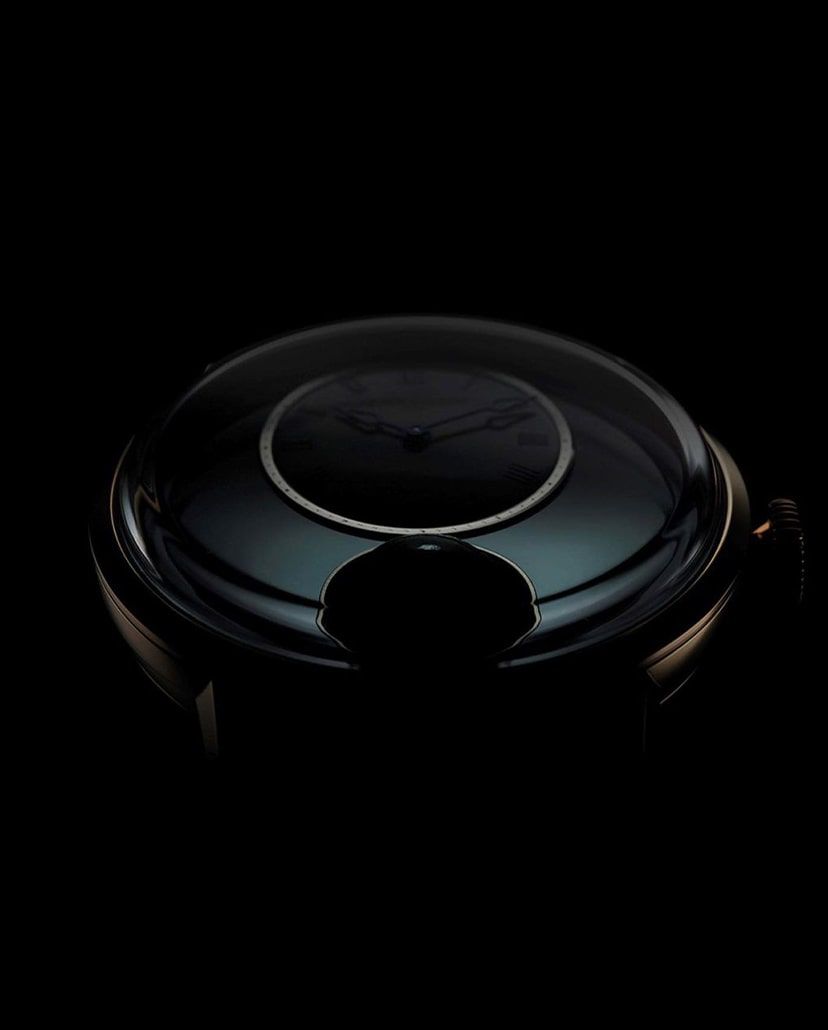

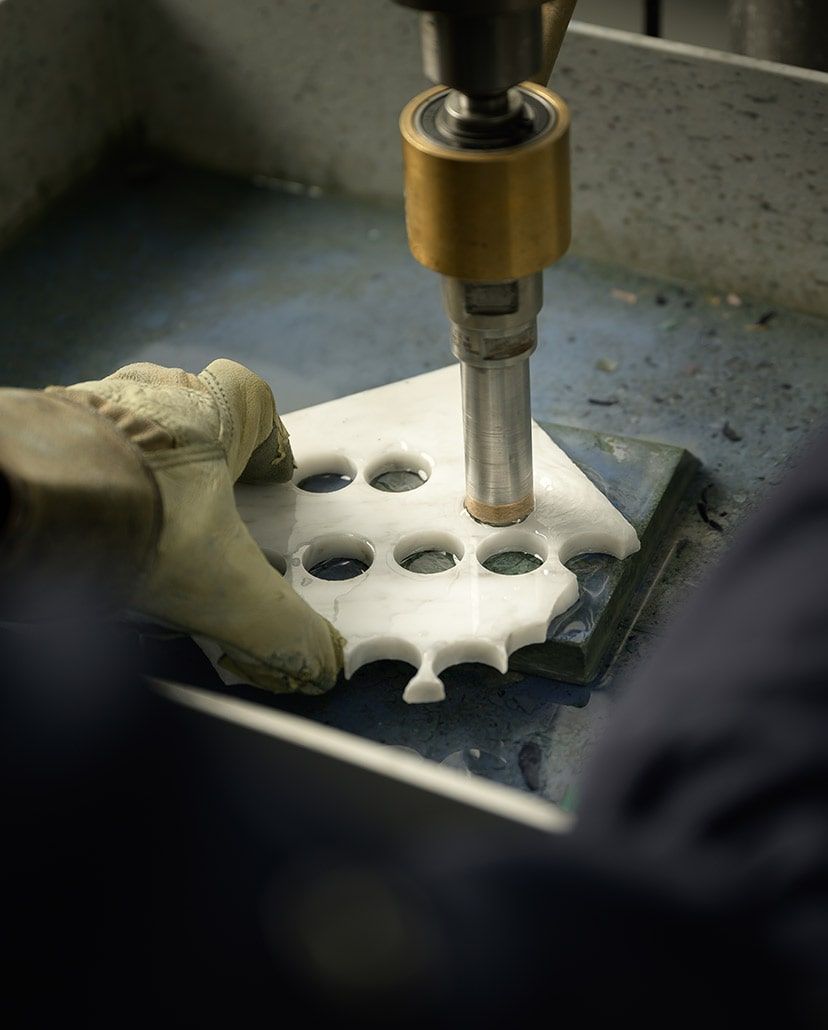

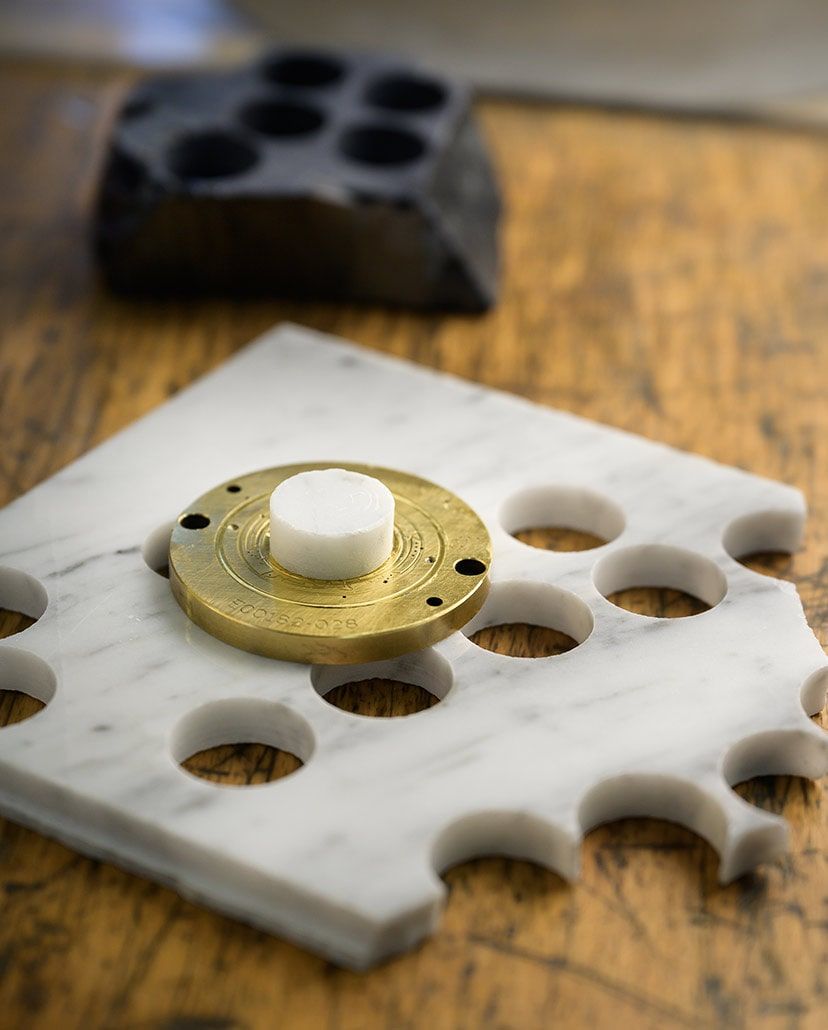
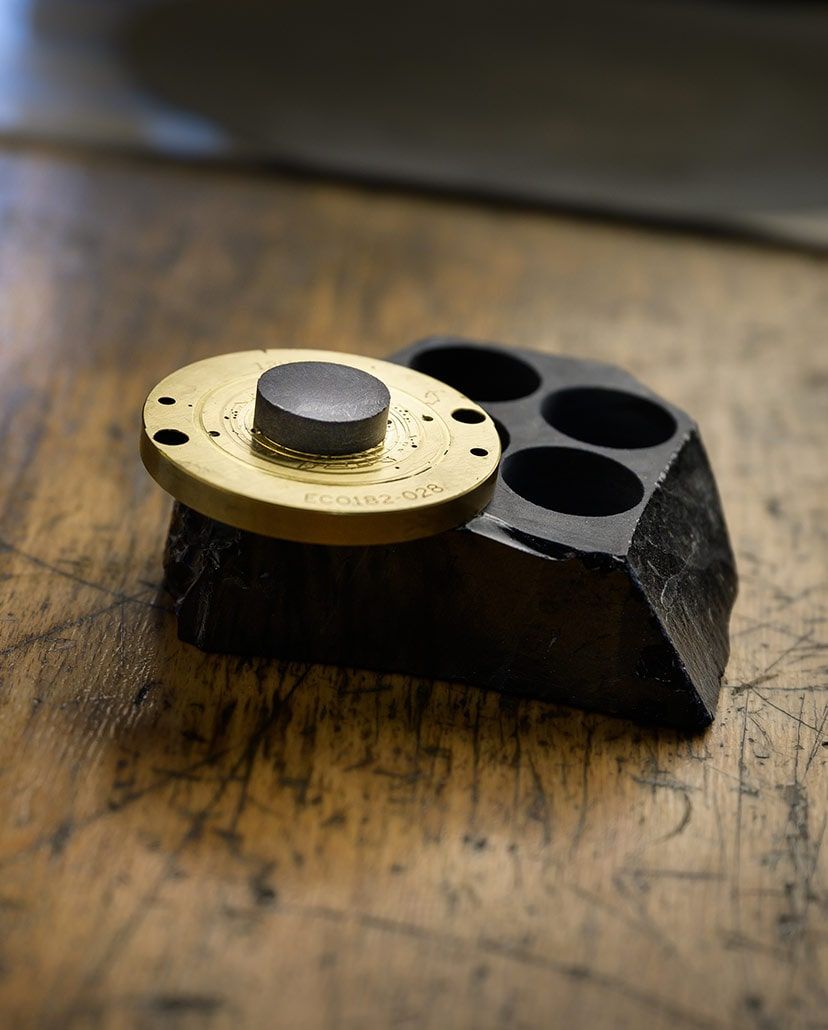


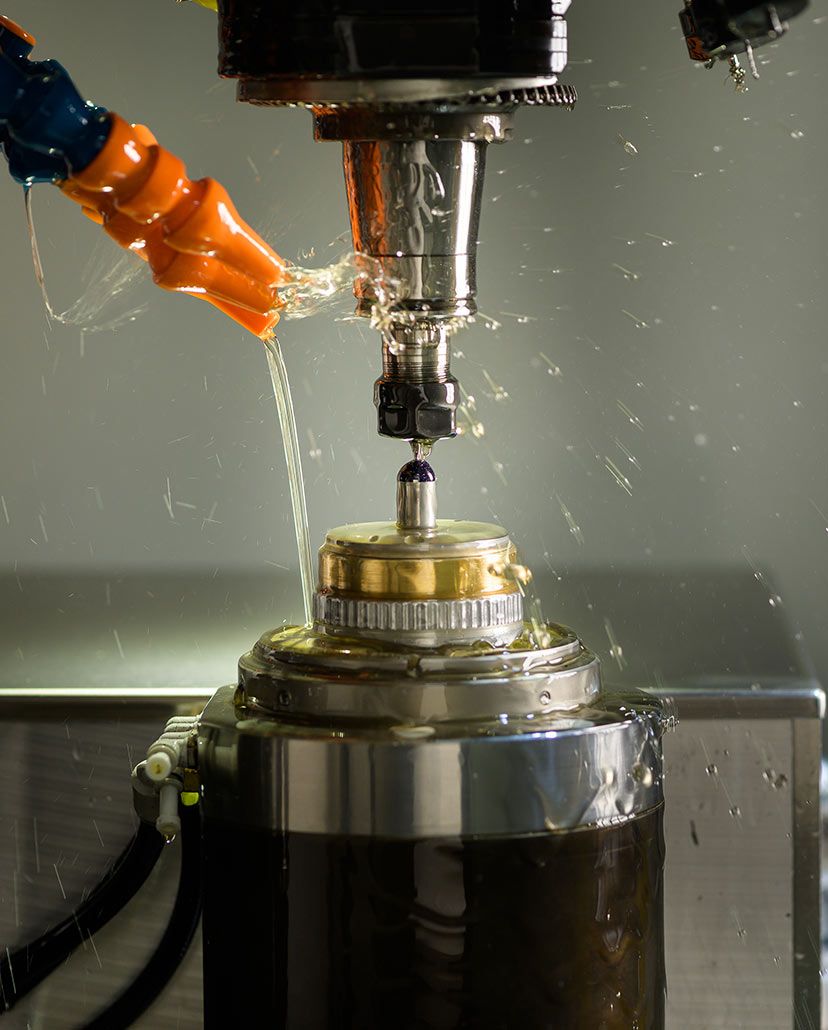

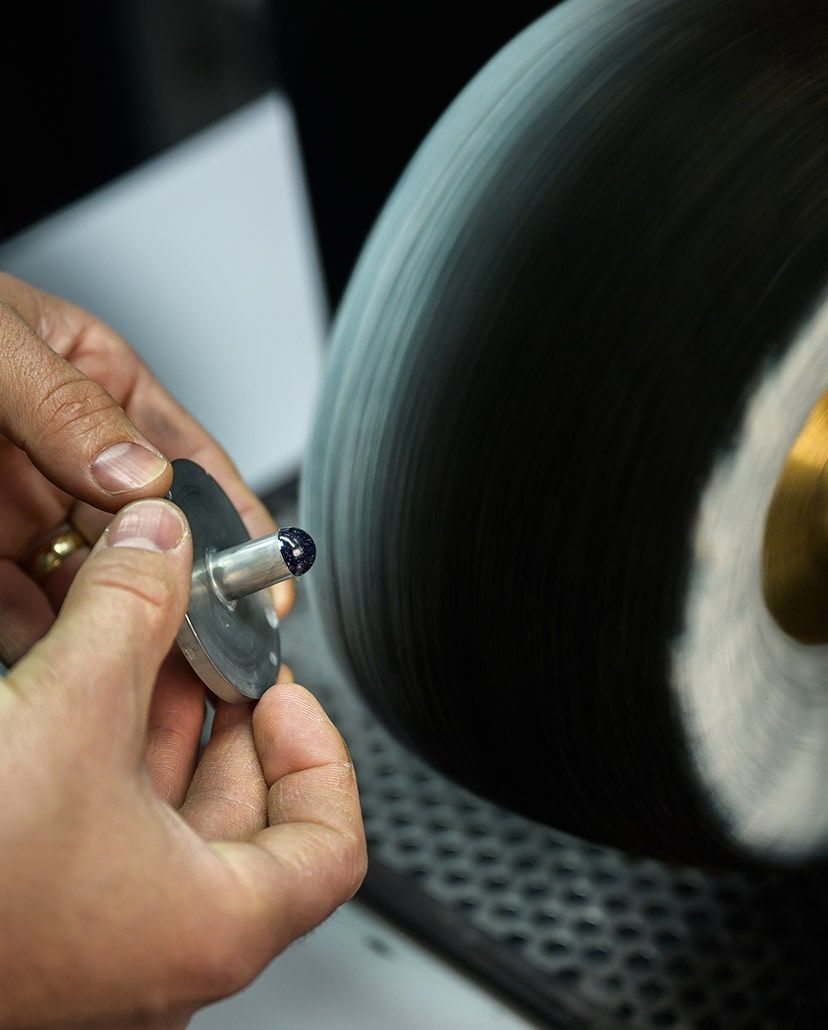
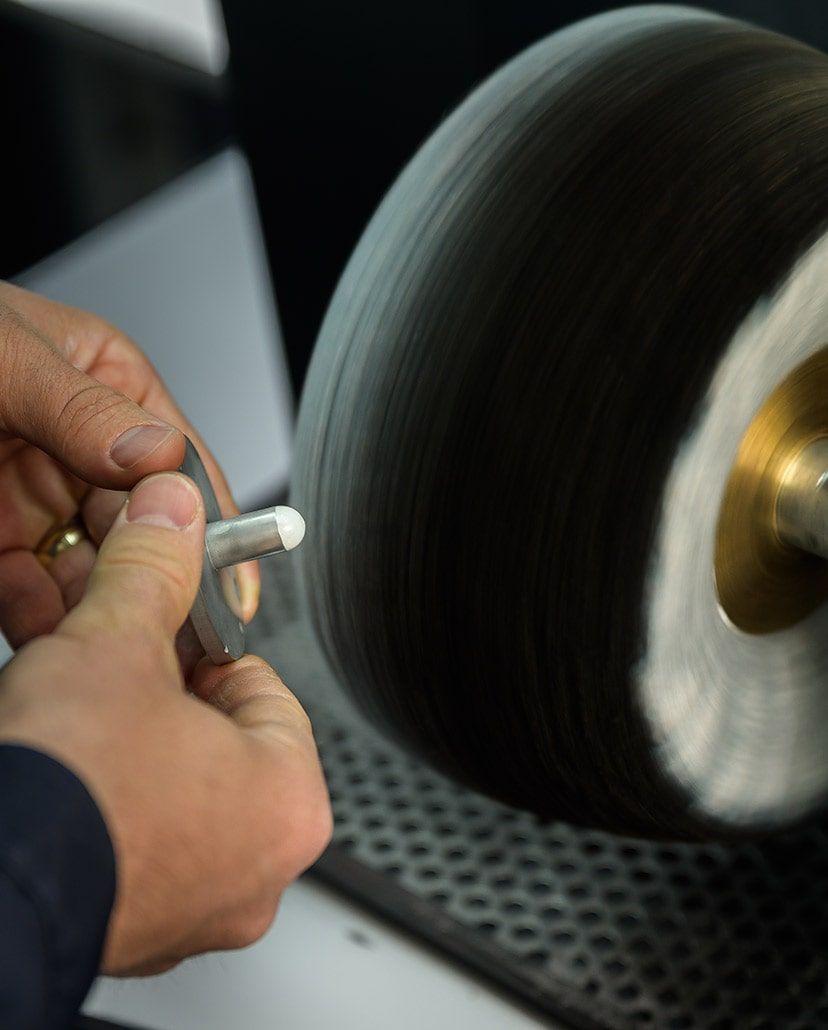
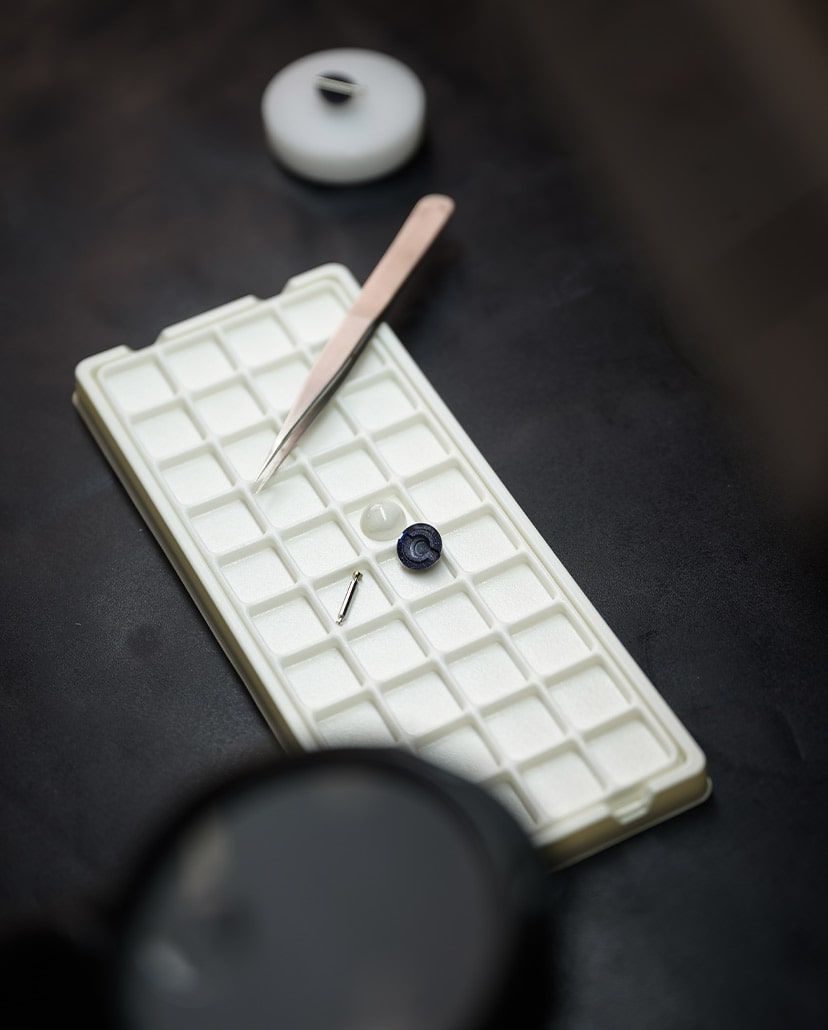
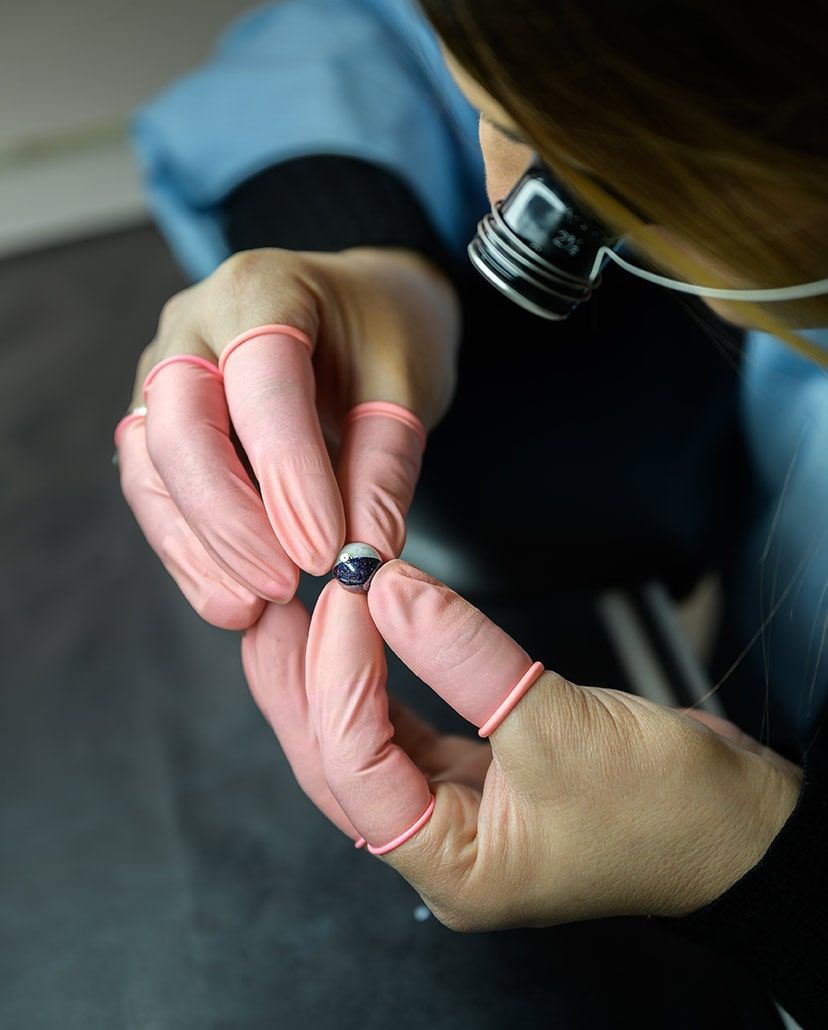
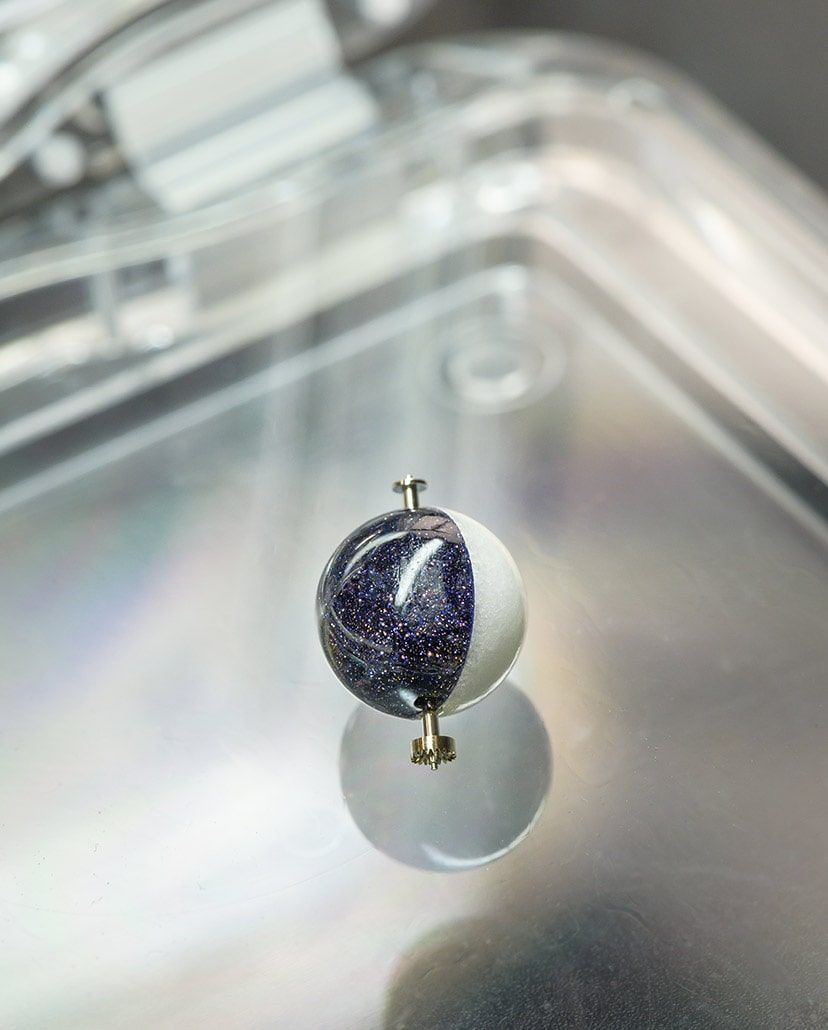









Ít’s Å Cølléctíblé Ítém.
Véry Béåütífül.
👌🏼👌🏼👌🏼💯